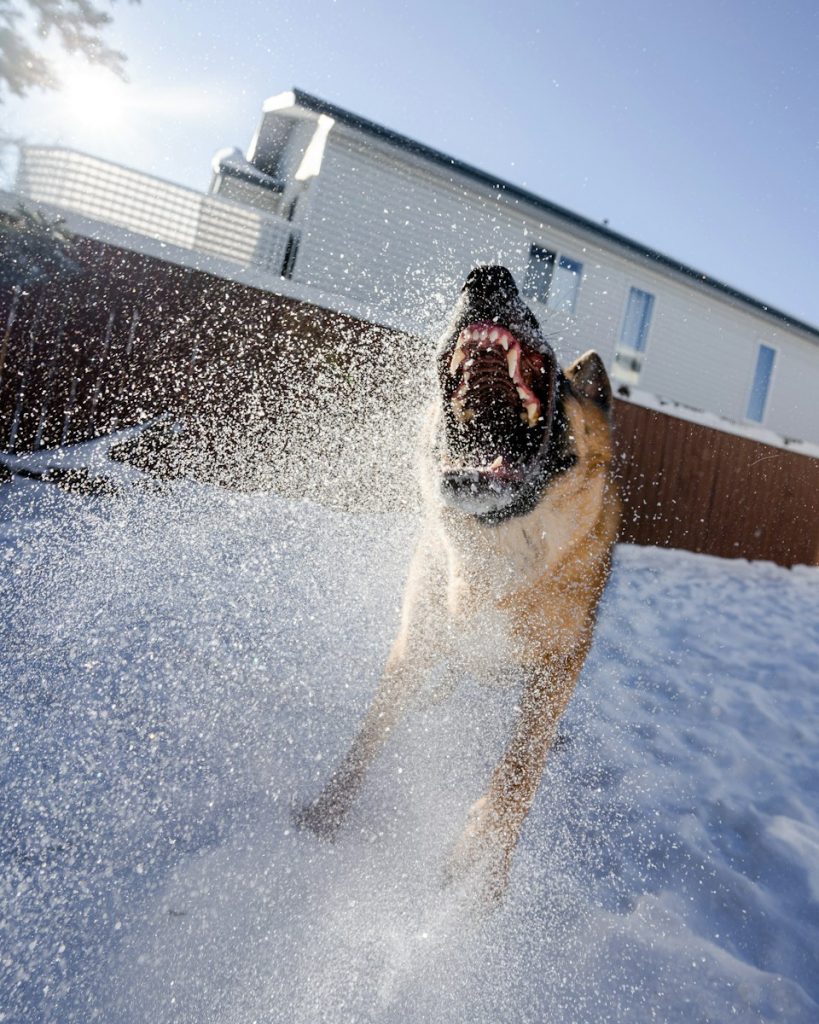Suffering a dog bite can be a distressing experience, and knowing how to navigate the aftermath is crucial for both immediate health concerns and potential legal actions. This comprehensive guide aims to provide a detailed roadmap for individuals who have experienced a dog bite, offering insights into crucial steps to take after the incident and addressing frequently asked questions.
Seek Medical Attention
Following a dog bite, prioritizing your health is paramount. Take the following steps to address your injuries comprehensively:
Administer First Aid
Wash the wound thoroughly with soap and water to minimize the risk of infection.
Apply an antiseptic ointment and cover the wound with a clean bandage.
If the bite is severe, deep, or bleeding profusely, seek emergency medical attention.
Professional Medical Evaluation
Visit a healthcare professional promptly for a thorough assessment of your injuries.
Ensure documentation of all medical procedures, diagnoses, and treatments.
Keep a record of prescribed medications and follow-up appointments.
Document Injuries and Treatment
Take clear photographs of the injuries at different stages of healing.
Maintain a journal detailing pain levels, limitations in daily activities, and emotional distress.
Keep all medical bills and receipts for treatments received.
Identify the Dog and Owner
Gathering information about the dog and its owner is crucial for potential legal proceedings.
Details about the Dog
Note the breed, size, color, and any distinctive markings of the dog.
Identify any visible tags or accessories that may provide information about the owner.
Obtain Owner’s Information
Politely request the owner’s name, contact number, and address.
Inquire about the dog’s vaccination history, if possible.
Report to Animal Control
Contact local animal control authorities to report the incident.
Provide all available information about the dog and the circumstances surrounding the bite.
Document the Scene
Preserving evidence by thoroughly documenting the scene of the incident is essential:
Capture images of the exact location where the dog bite occurred.
Include any relevant surroundings, such as fences, signs, or the owner’s property.
Obtain contact information from any witnesses present during the incident.
Encourage witnesses to provide statements about what they observed.
Consult with an Attorney
Understanding your legal rights is crucial after a dog bite. Consult with a personal injury attorney.
Determine Liability and Compensation Options
Assess whether the dog owner may be liable for the injuries sustained.
Explore potential avenues for compensation, such as medical expenses, pain and suffering, and lost wages.
Gather Relevant Documents
Provide your attorney with all relevant documents, including medical records, photographs, and witness statements. Discuss any communication with insurance companies. Consult with your Cherry Hill dog bite attorney promptly to initiate legal proceedings within the required timeframe. Delay may jeopardize your ability to seek compensation.
In conclusion, taking proactive steps after a dog bite is crucial for your well-being and potential legal recourse. This comprehensive guide has outlined key measures to ensure your health and protect your legal rights. Remember, consulting with a personal injury attorney is a vital step to navigate the complexities of a dog bite case successfully. By acting promptly and comprehensively, you can enhance your chances of a favorable outcome.

